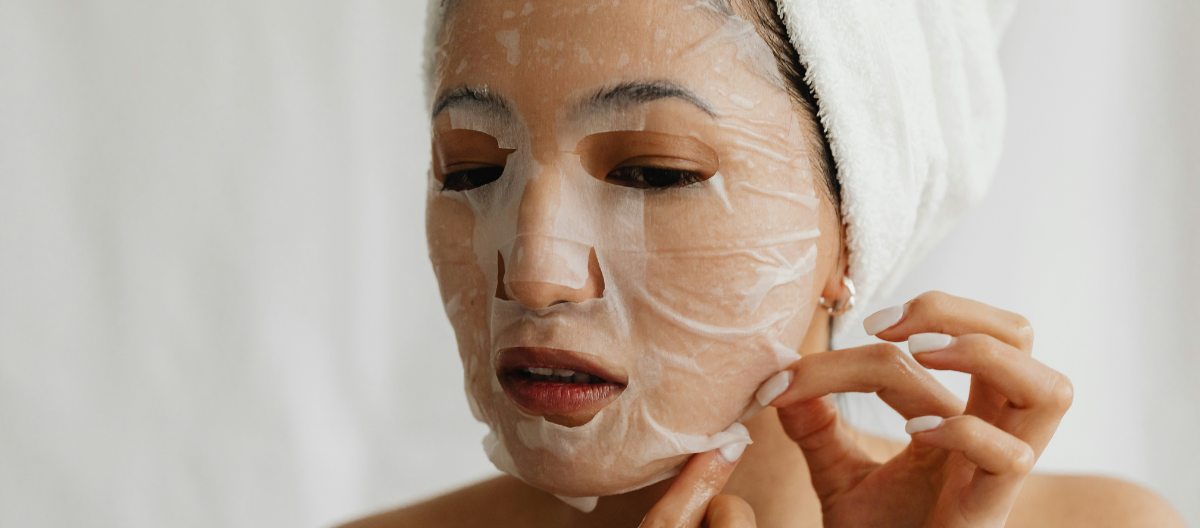Light therapy masks are innovative skincare tools designed to harness the power of different light wavelengths to address various skin concerns. Here’s a comprehensive guide on what you need to know about these masks:
Types of Light Therapy
Red Light: Often used for anti-aging, red light therapy stimulates collagen production and improves skin elasticity. It helps reduce fine lines, wrinkles, and overall skin texture.
Blue Light: Primarily used for acne treatment, blue light therapy targets acne-causing bacteria and reduces inflammation. It can help to clear breakouts and improve overall skin clarity.
Green Light: Green light therapy is used for pigmentation and uneven skin tone. It helps to reduce hyperpigmentation, dark spots, and redness.
Yellow Light: Known for its soothing effects, yellow light therapy can improve skin tone and texture, and reduce redness and inflammation.
Purple Light: A combination of red and blue light, purple light therapy targets both anti-aging and acne concerns, promoting overall skin health and clarity.
Benefits of Light Therapy Masks
Anti-Aging: Reduces the appearance of fine lines, wrinkles, and age spots by stimulating collagen production and improving skin elasticity.
Acne Treatment: Helps to kill acne-causing bacteria and reduce inflammation, leading to fewer breakouts and clearer skin.
Skin Brightening: Improves overall skin tone and reduces pigmentation, leading to a more even and radiant complexion.
Soothing Effects: Reduces redness, inflammation, and irritation, making it suitable for sensitive or reactive skin.
How to Use a Light Therapy Mask
Cleanse Your Face: Start with a clean face to ensure that the light therapy mask can effectively penetrate the skin.
Apply Serum or Moisturizer: Some masks work best when used in conjunction with serums or moisturizers. Apply a product that complements the therapy you are using.
Wear the Mask: Position the mask over your face, making sure it fits comfortably and covers the target areas. Follow the manufacturer’s instructions for how long to wear the mask (typically 10-30 minutes).
Turn On the Device: Activate the mask according to the instructions. Most masks have different settings for various light types.
Aftercare: After using the mask, follow up with your regular skincare routine, including moisturizing and sun protection.
Safety and Precautions
Patch Test: Perform a patch test before using the mask on your entire face to ensure you don’t have any adverse reactions.
Avoid Direct Sunlight: Use the mask in a well-lit room but avoid direct sunlight immediately after use, as your skin may be more sensitive.
Consult a Professional: If you have specific skin conditions, such as eczema, rosacea, or other dermatological issues, consult a dermatologist before using a light therapy mask.
Follow Instructions: Adhere to the manufacturer’s guidelines for usage, as overuse or improper use can lead to skin irritation.
Choosing the Right Light Therapy Mask
Research the Brand: Choose a reputable brand with positive reviews and proven results. Check for FDA approval or other certifications.
Consider the Light Options: Select a mask that offers the light therapy options that best address your skin concerns.
Comfort and Fit: Ensure the mask is comfortable to wear and fits your face well. Look for adjustable straps and flexible materials.
Ease of Use: Choose a mask that is easy to operate and clean. Some masks come with additional features, such as timers or remote controls, for added convenience.
Frequency of Use
Consistency is Key: For best results, use the light therapy mask consistently according to the recommended frequency. This might be daily, several times a week, or as advised by the manufacturer.
Monitor Results: Pay attention to how your skin responds and adjust the frequency as needed. Results may take several weeks to become noticeable.
- Hydration: Maintain proper hydration by drinking plenty of water and using hydrating skincare products to enhance the benefits of light therapy.
- Sun Protection: Always apply sunscreen during the day to protect your skin from UV damage, especially if using light therapy for anti-aging purposes.


